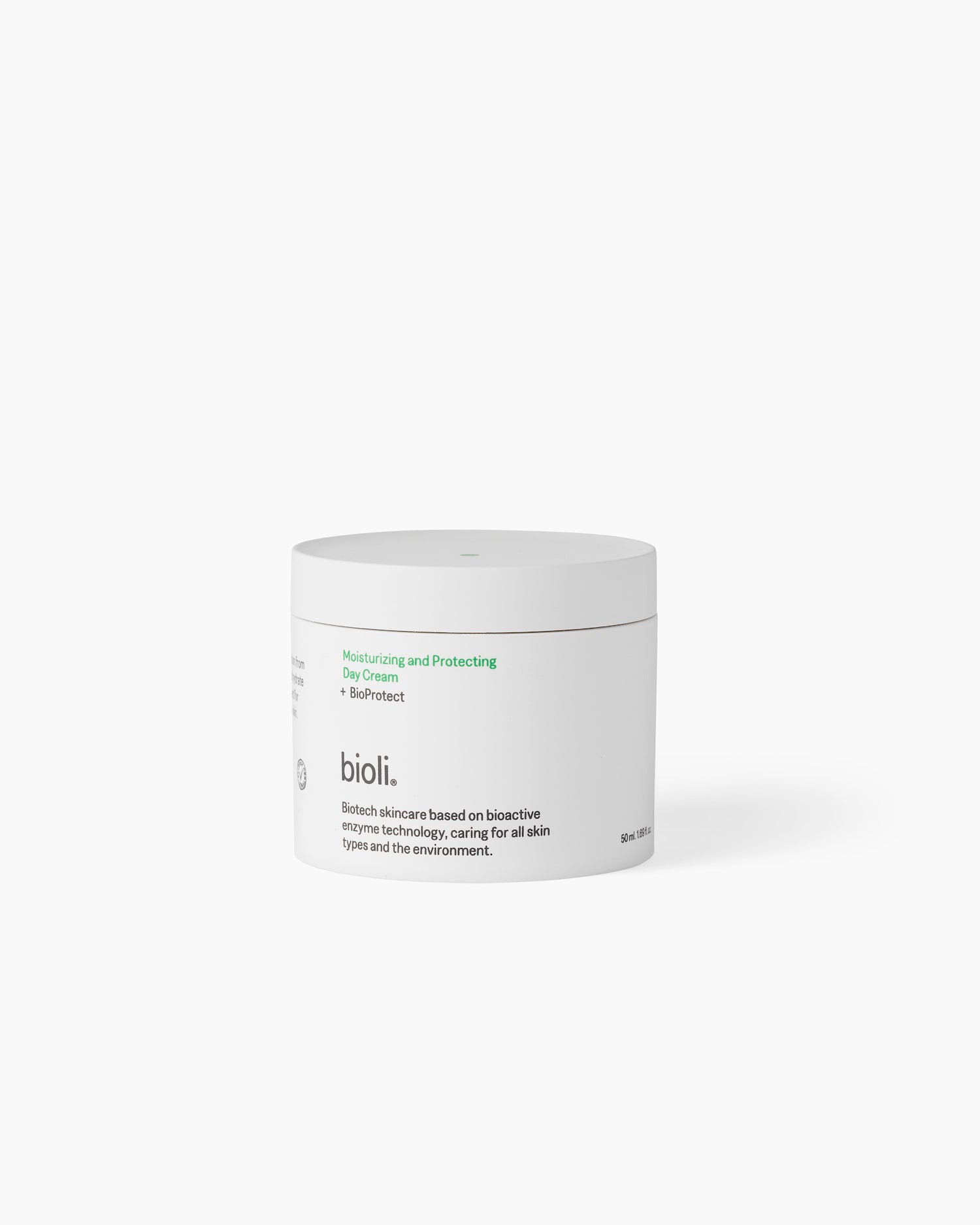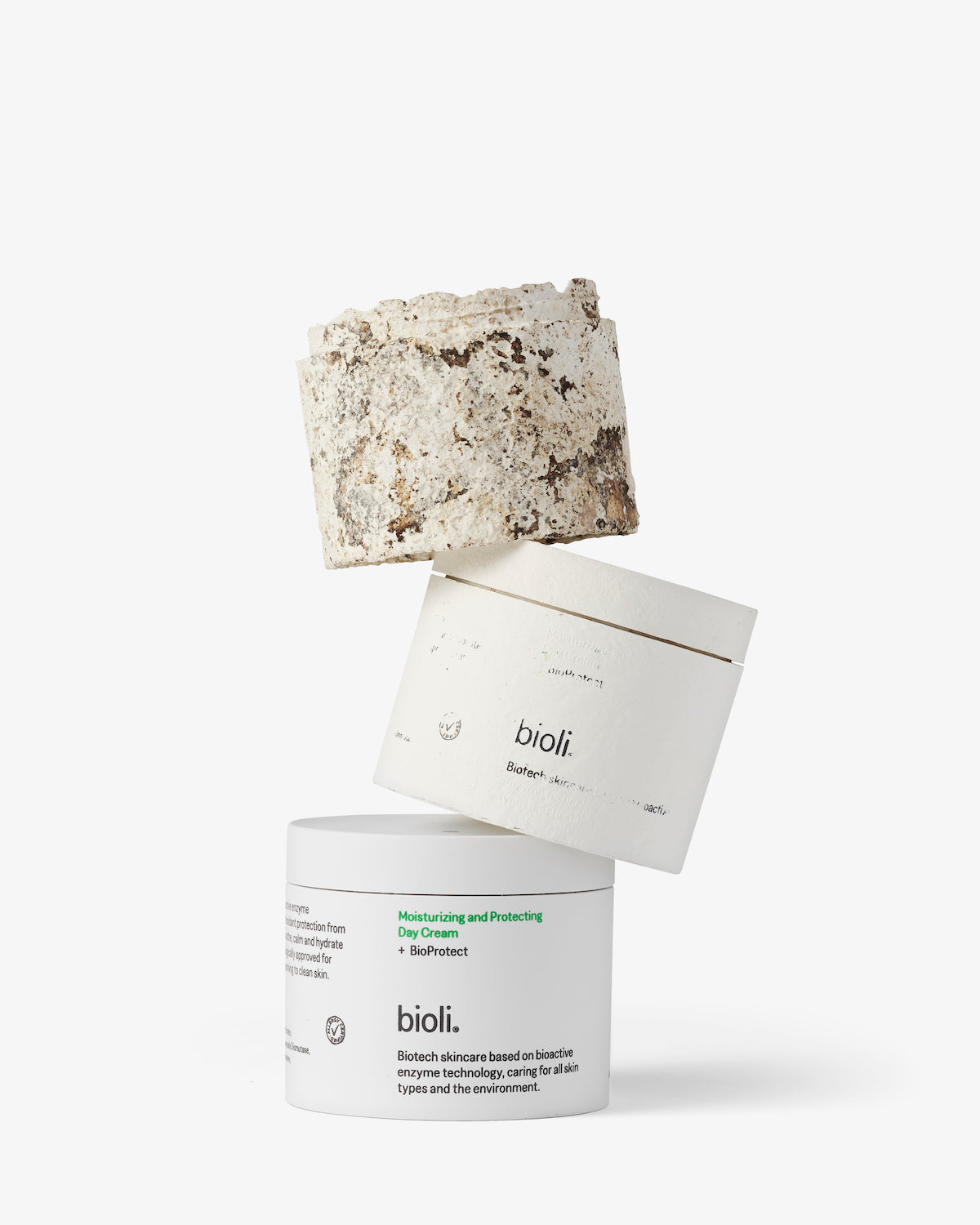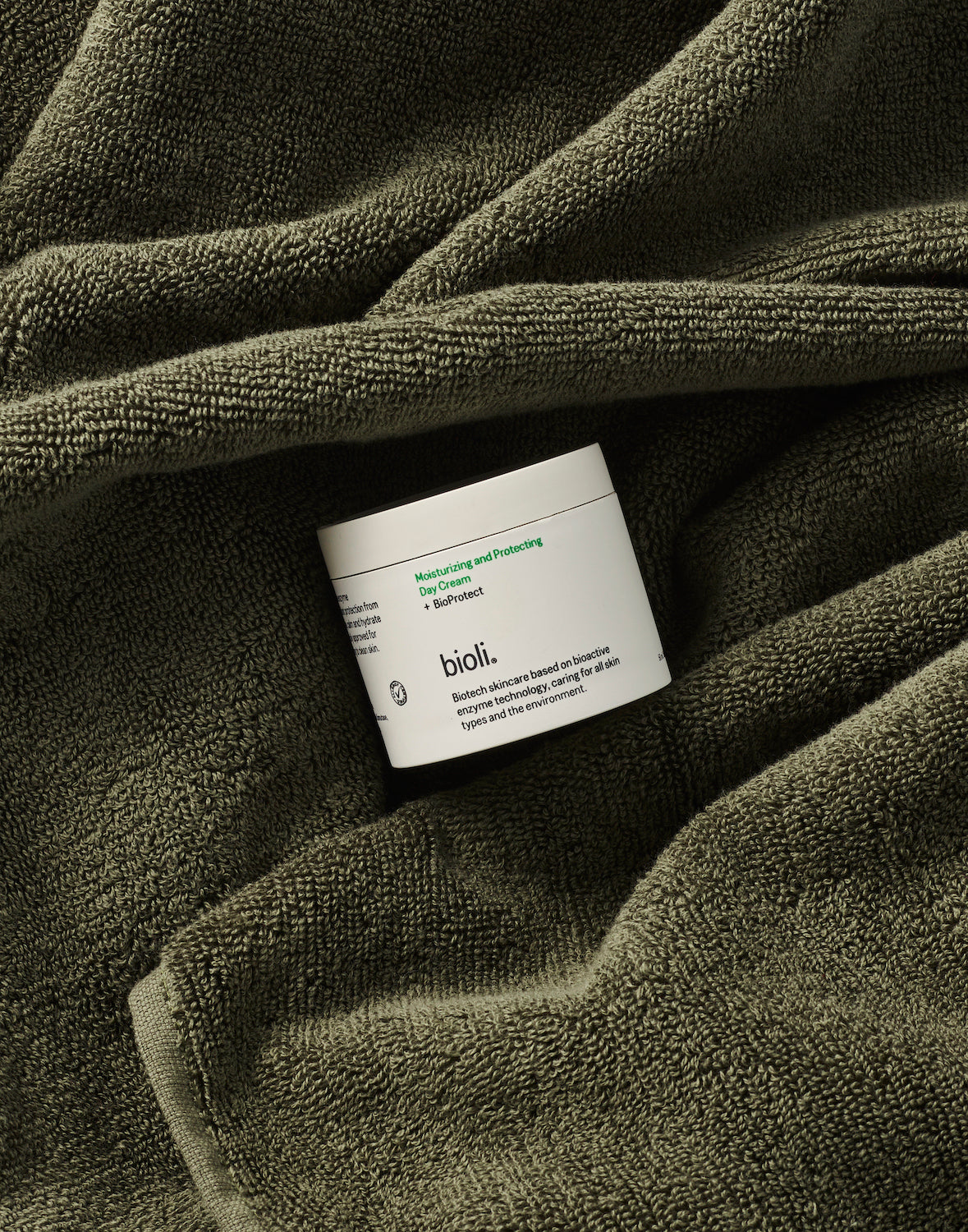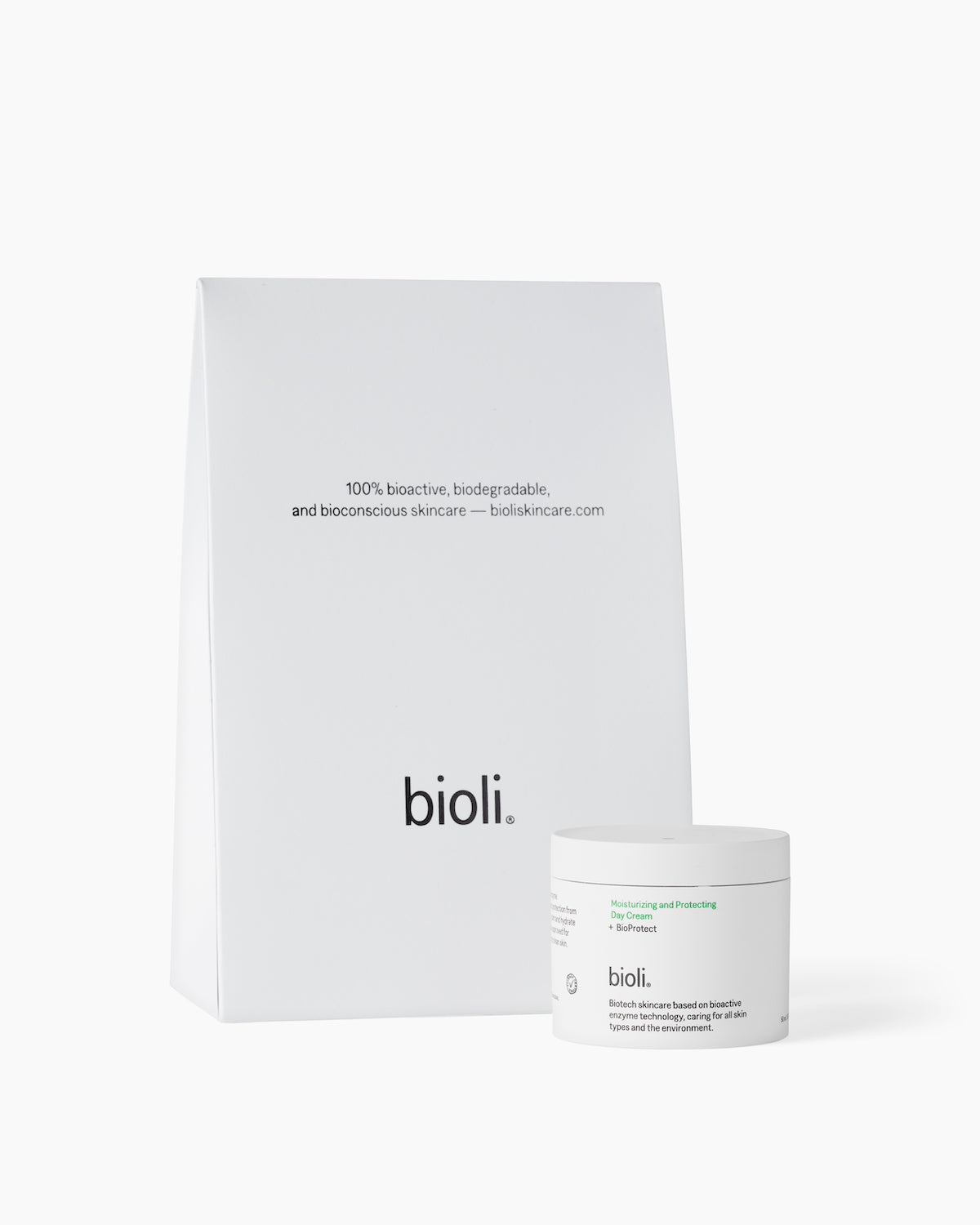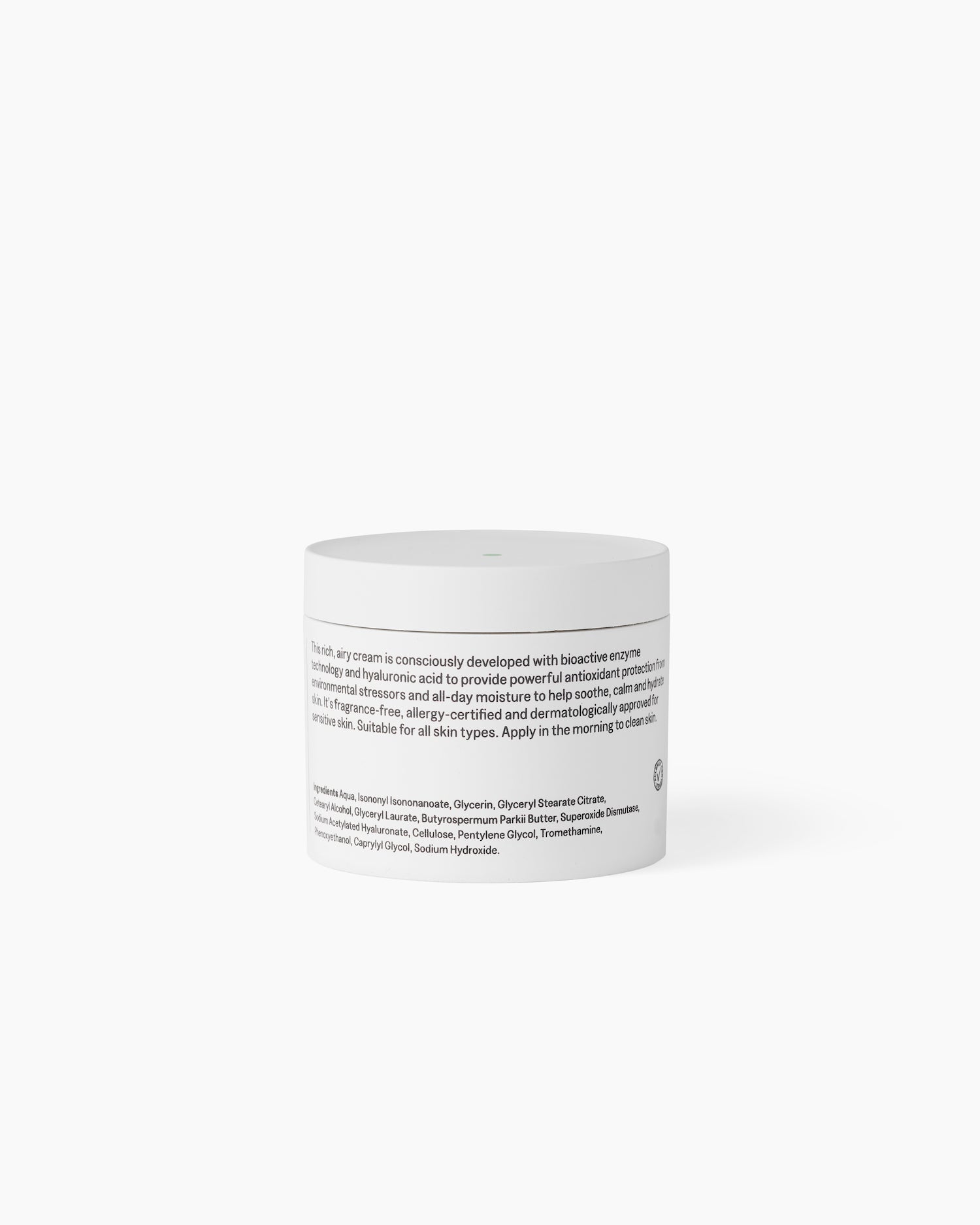Active Ingredient-Based Delivery Systems refer to specialized methods and technologies used in the pharmaceutical, cosmetic, and skincare industries to deliver active ingredients effectively to their intended targets within the body or on the skin. These methods are designed to enhance the bioavailability, stability, and release of active substances, ensuring that they can exert their desired effects.
The delivery techniques can take various forms. The primary goal is to optimize the delivery of active ingredients by protecting them from degradation, controlling their release, and improving their penetration into the skin or the body for better efficacy.
In skincare, the approaches can be used to ensure that ingredients like antioxidants, retinoids, or vitamins are delivered efficiently to the skin cells, providing the maximum benefit while minimizing potential side effects or irritations
Elevating skincare formulations
The journey into the world of Active Ingredient-Based Delivery Systems shows how carriers are meticulously engineered to escort, safeguard, and unleash active substances within skincare formulations. These systems emerge as the linchpin of modern cosmetic science, bearing the promise of revolutionizing skincare outcomes. Our exploration unfolds an expansive panorama, encompassing a diverse array of active delivery systems that adorn the cosmetic landscape. Emulsion systems, microparticles, nanoparticles, and lipid-based nanocarriers each play a vital role in advanced skincare.
Protecting and enhancing active compounds
What sets these systems apart is their ability to encapsulate and protect even the most delicate active compounds, preserving their innate biological potency. This encapsulation offers a sanctuary, shielding the ingredients from the harsh external environment and potential degradation. Moreover, the precision of controlled and targeted release mechanisms adds another layer of sophistication, allowing for fine-tuning the effects of skincare formulations. This encapsulation within sophisticated delivery vehicles promises to unlock the full potential of active ingredients.
The efficacy of these delivery techniques hinges on a multitude of attributes, each contributing to their success. Functionality takes the forefront, ensuring the long-term stability of these systems, a key aspect of delivering active ingredients at their peak efficacy. The critical dimensions of safety and toxicity profiles are non-negotiable, particularly in an industry that places consumers at its heart, like skincare. And let's not forget the sensory experience – these delivery systems must not only work efficiently but also engage the senses positively, a vital factor in user satisfaction.
Evaluating and advancing Active Ingredient-based Delivery Systems
But how do we evaluate the efficacy of these methods? Our exploration takes us into the realm of methodologies used for assessment. In vitro tests, led by the renowned Franz diffusion cell, illuminate the controlled release kinetics of active ingredients. Further insights are gained through mechanical and thermal release mechanisms, providing a glimpse into the triggers that set these delivery systems in motion. A captivating aspect of these studies lies in the deeper understanding of the intricate interplay between the ingredients of these delivery systems and the active substances they encapsulate. Additionally, we venture beyond the surface, exploring the potential penetration of nanoscale systems into the broader arena of systemic circulation.
It's evident that this field is in a constant development. The innovation that propels Active Ingredient-Based Delivery Systems knows no bounds, stretching the limits of conventional skincare science. These techniques, by enhancing the transportation, preservation, and controlled release of active compounds, offer a tantalizing glimpse into the future of skincare. While specific experimental data is not included here, the essence of this topic shines through – as something that redefines the understanding and approach to skincare.
Now, let's dive into the different types of systems based on the recent article: Multifunctional active ingredient-based delivery systems for skincare formulations: A review published in Colloids and Surfaces B: Biointerfaces.
Types of Delivery Systems
Emulsion Systems
Emulsion systems are mixtures of two immiscible liquids, such as water and oil, where one liquid is dispersed as fine droplets in the other liquid. Emulsions can be categorized as water-in-oil (W/O) or oil-in-water (O/W), and they are commonly used in cosmetic formulations to achieve a uniform and stable product.
Polymeric Micro/Nano Particles
Polymeric micro/nano particles are small particles made from polymers that can encapsulate active ingredients. These particles can protect the active compounds from degradation and provide controlled release of the ingredients over time. They are used to enhance the stability and efficacy of cosmetic formulations.
Lipid Nanoparticles
Lipid nanoparticles are delivery systems composed of lipids that can encapsulate active ingredients. They can penetrate the skin and reach deeper layers, making them suitable for transdermal delivery. Lipid nanoparticles, such as liposomes and nanostructured lipid carriers, have the advantage of encapsulating both hydrophilic and hydrophobic active compounds.
Nanovesicular Carriers
Nanovesicular carriers are vesicular systems that can penetrate the stratum corneum, the outermost layer of the epidermis, and reach deeper layers of the skin. They are used as transdermal delivery systems for cosmetic active ingredients. However, the toxic effects of nanovesicular carriers, such as nanoparticles and lipid-based nanocarriers, should be considered when validating their skin applications.
In summation, Active Ingredient-Based Delivery Systems ensure that ingredients are delivered efficiently to the skin, providing the desired benefit while minimizing potential side effects. It's an integral part of product development, allowing for more precise and effective delivery of ingredients.
Perhaps this is something to explore further if you would like to learn more about how your favourite skincare has been developed, how it works in depts and to find out for yourself how efficient the products really are.


